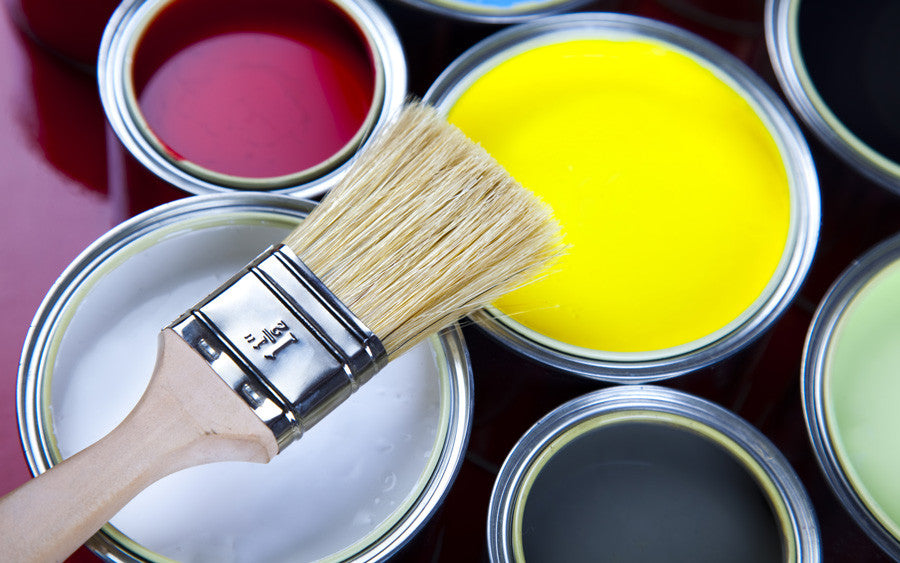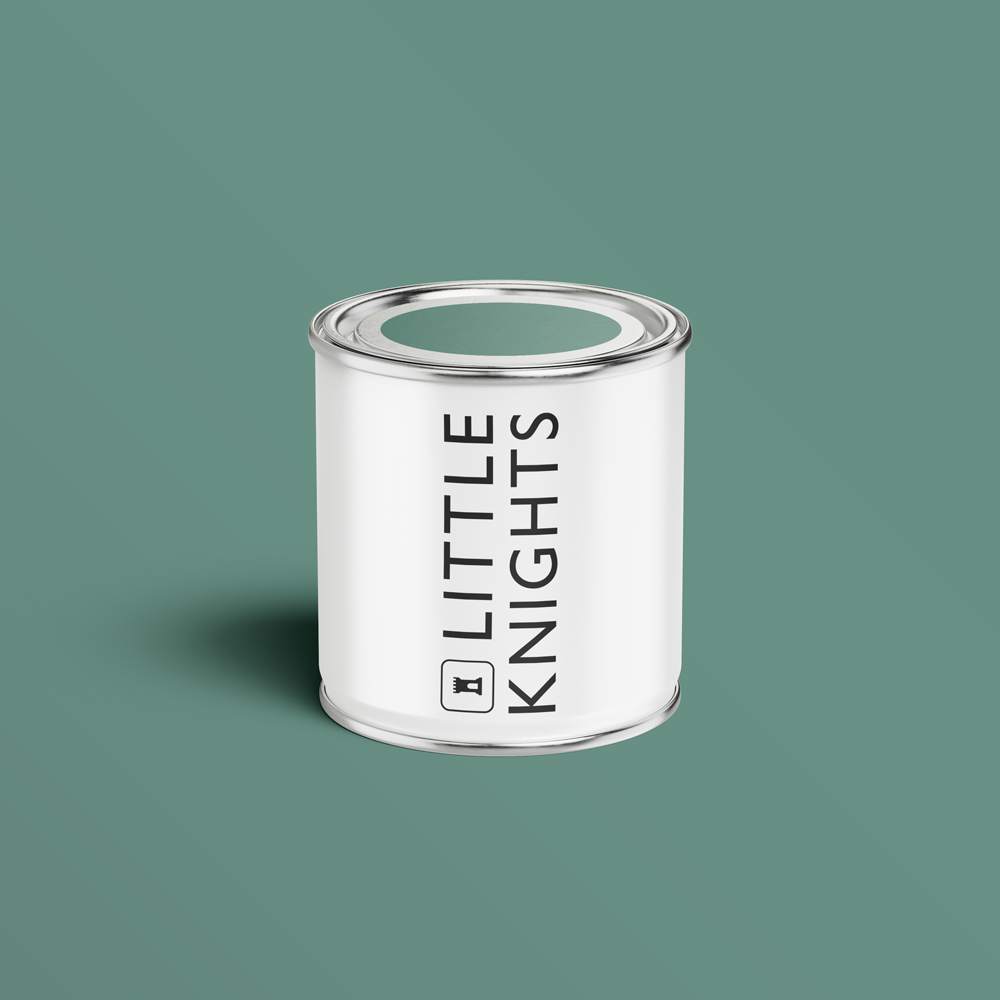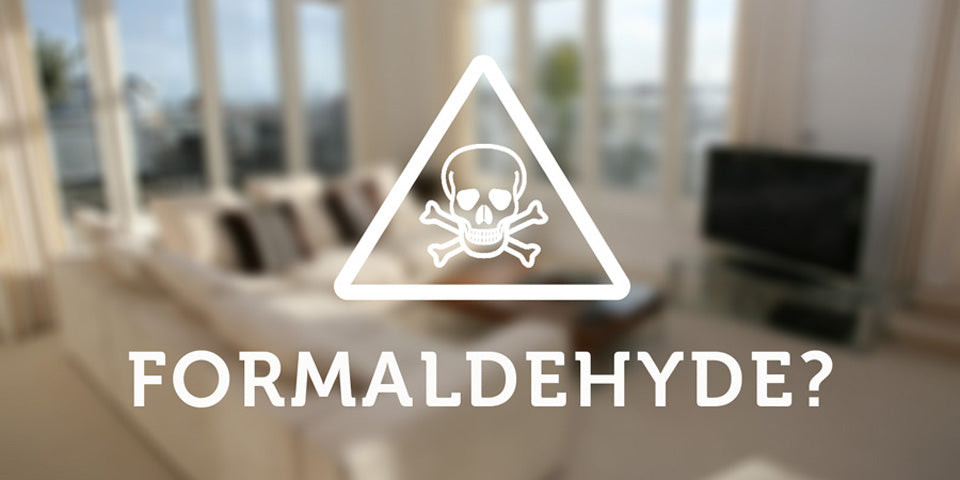According to the UK’s Health Protection Agency, the forerunner of today’s Public Health England, formaldehyde is a colourless, corrosive, flammable gas with a pungent, suffocating odour. It can be produced naturally and is also produced industrially on a larger scale.
The main commercial use of formaldehyde is in the production of resins for permanent adhesives used in fibreboard, particle board, plywood and carpets. Formaldehyde has also been used as a disinfectant and fumigant.
The Health Protection Agency states that the presence of formaldehyde in the environment does not always lead to exposure, and that any adverse health effects that do occur will depend on various factors, such as the amount you are exposed to, and the way and how long you are exposed.
Potential health problems caused by formaldehyde include:
- Inhalation of formaldehyde gas can cause irritation to the nose, mouth and throat and may cause respiratory distress and swelling of the larynx and lungs.
- Exposure of the eyes to vapour or splashes of formaldehyde solutions can cause stinging and burning.
- Exposure to the skin causes irritation with burns.
- Ingestion of formaldehyde solutions can cause burns and ulcers to the gastrointestinal tract in the early stages after Formaldehyde ingestion may also cause chest or abdominal pain, nausea, vomiting, diarrhoea and gastrointestinal tract haemorrhage.
A known carcinogen
Formaldehyde is also known to be a cancer causing substance and has been classified by the International Agency for Research on Cancer as carcinogenic to humans. It may produce nasal cancer following repeated exposure via inhalation to levels that produce chronic irritation. Exposure to lower levels for shorter periods is not considered to present any carcinogenic risk.
Some sources warn that children and the elderly are particularly susceptible to health issues caused by formaldehyde and that it’s important to reduce their exposure to formaldehyde.
How Little Knights can help
Little Knights paint is a world first. It contains a unique monomer that bonds with formaldehyde molecules on contact and transforms them into harmless vapour - actively helping to improve the quality of the air in your home.
Read more












